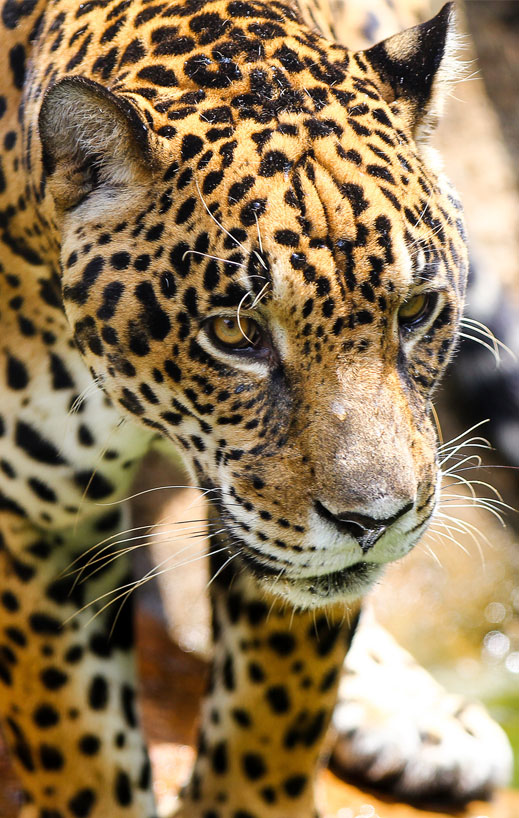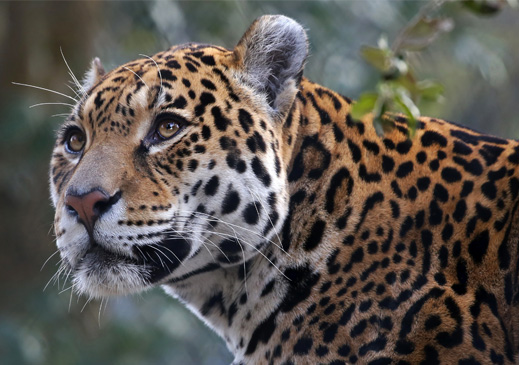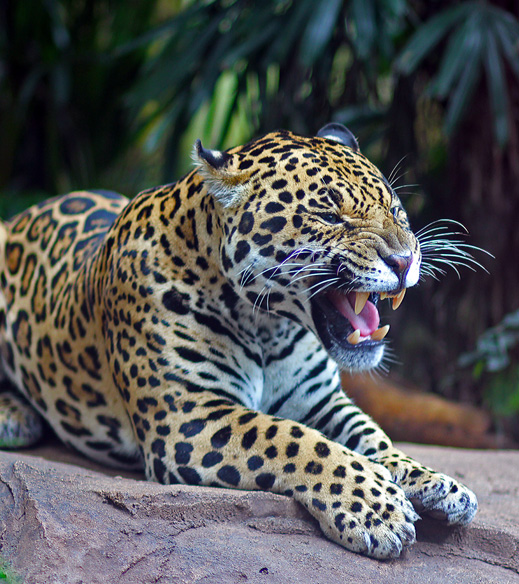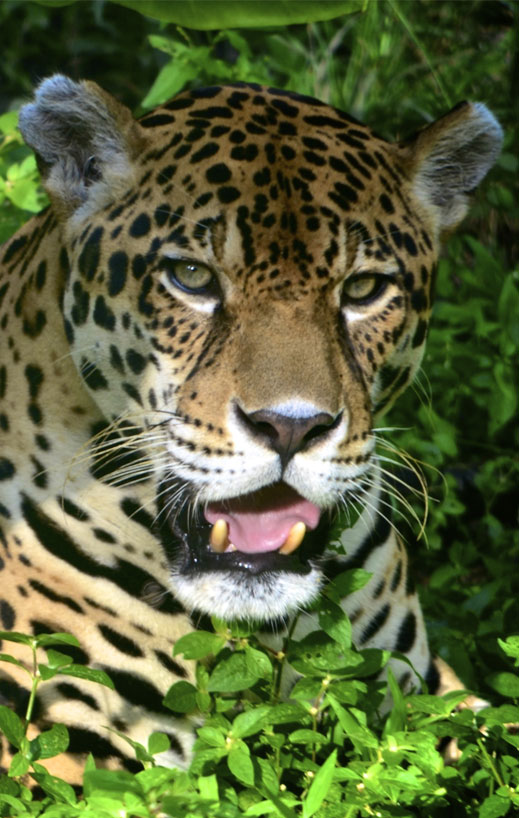JAGUAR CONSERVATION STATUS
Jaguars are considered key predators because they maintain a balance in the ecosystem by regulating the size of the population of other species in predator/prey systems.
Unfortunately, the jaguar (Panthera onca) conservation status in Panama is not well known. Jaguar populations, along with their prey, in Panama are rapidly disappearing due the loss of habitat, deforestation, improper management and intensive poaching. Please consider making a donation to protect the last jaguars of Panama.
The first big cat conservation studies in Panama were performed 20 years ago. These basic studies were focused on diet andecologic aspects, but very few on the status of Panamanian populations of big cats. The Isthmus of Panama is a key region in ‘the jaguar corridor’ which is part of the Mesoamerican Biological Corridor. Panama can make a difference because, in the end, we have in our hands the destiny of these and many other animal species.




Jaguar Conservation in Panama
The presence of jaguars is also an indicator of the environmental health of ecosystems, and a sign of the state of Panamanian biodiversity. The jaguar population in Panama continues to decline rapidly, with the risk of disappearing, mainly due to the decrease in forest cover and its natural prey, and the expansion of the cattle frontier. Jaguars have lost 40% of their habitat in Panama and are increasingly isolated, vulnerable and exposed to more direct and problematic contact with humans because they compete for the same space.
The Panamanian isthmus is especially important for jaguar conservation as it is the last and narrowest portion of the Mesoamerican Biological Corridor, which has served for thousands of years as a natural land bridge between North and South America.
The conflict between farmers and big cats is one of the main causes of the rapid disappearance of jaguars in the region. This conflict has been dramatically diminishing the populations of big cats.
Our organisation is creating conservation campaigns, and integral strategies that include anthropogenic activity in the surroundings, vital to the protection of these and other wid mammals in Panama. Our action plans will act as soon as possible and attract funds to promote coexistence between big cats and humans in Panama.
The decline of jaguar populations in Panama is evident from recent studies, having not well understood the ecological implications. Regrettably, the efforts of national and regional governments to protect these animals from extinction has not succeeded, but it seems that jaguar conservation has become a political issue with a unique solution, which is killing these big cats.
You can save jaguars by buying a native tree using our reforestation programme called LEAF WILDLIFE. Check out LEAF, there is a wide range of prey species that are part of the healthy jaguar ecosystem, by protecting these animals we protect the jaguar too.
The fitness of the population of jaguars in Panama is extremely critical. One of the most invasive human activities on a large proportion of Panamanian forests is cattle ranching. Therefore, encounters with jaguars have become increasingly common when jaguars begin attacking farm animals due to the reduction in wild prey numbers. Moreover, local ranchers start blaming the jaguars not only for the loss of their cattle but they believe jaguars
can represent a serious threat to humans. Hence, ranchers react by killing these big cats. This conflict is the main reason why the populations of jaguars have been in steady decline, not only in Panama, but also throughout the American continent. Similarly, other main causes that have rapidly decimated big cat populations are the loss of habitat due to logging, sport hunting and unjustified fear.
